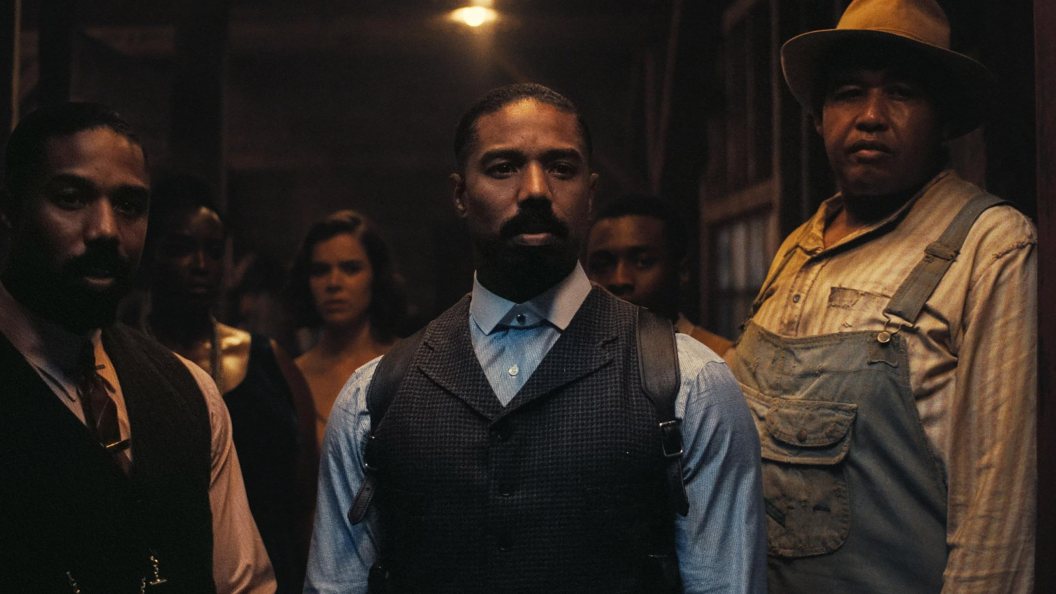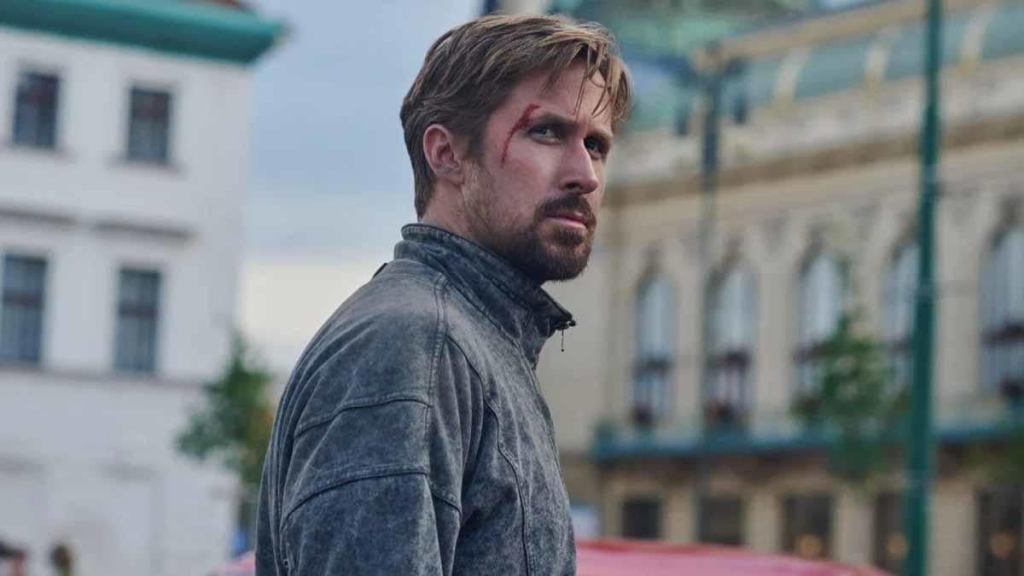
Now that Sinners is becoming a box office sensation, Hollywood will undoubtedly be looking at this film’s numbers and hoping to mimic its success. The mind reels at the wrong lessons major studios could take from this movie. Maybe every outfit in Hollywood is now eager to make their tentpole movies occupy the 1930s. Perhaps vampires are about to come back into vogue like it’s the immediate aftermath of Twilight once more. Hollywood tends to take all the wrong lessons from a hit movie like Sinners, and there’s no shortage of potential bad ideas they could glean.
In reality, audiences have just demonstrated an affinity for the unexpected. Sinners wasn’t produced by an algorithm. It was something specific carved from writer/director Ryan Coogler’s imagination. Pursuing more profoundly unexpected and idiosyncratic ideas would be one of the two best lessons Hollywood could take from the success of Sinners. The other lesson? The lucrative 70mm showings of Sinners establish that the future of major American cinema is in the past or at least the cinematography norms of yesteryear.
Why Do So Many Modern Films Look Weird?

Shooting with digital cameras is not automatically a bad thing. Plenty of great movies with outstanding cinematography have used these tools. However, making digital cameras the default norm in Hollywood has certainly lowered the bar for what looks like a “good” movie. Early films shot with digital cameras like 28 Days Later and The Social Network utilized the compactness of these cameras to capture previously impossible shots and angles. In the present, motion pictures are captured digitally in a rudimentary fashion complete with poor lighting and stale staging. Their imagery fails to exploit the possibilities of digital cameras while lacking the richer visuals of capturing stories on film.
Netflix cinema has especially sharpened these visual problems. Original movies shot for this streamer are almost exclusively shot on digital cameras with very specific and overly clean mandates for imagery. This infamously sterile approach has resulted in movies like The Gray Man that cost so much to make, yet look so cheap. Any Gray Man or Adam Project image lacks any discernible life or lived-in reality. Unfortunately, many theatrical Hollywood productions have mimicked this cinematography, which has led to big-screen movies looking indistinguishable from what people could watch at home.
If you saw a 15-second ad for Love Hurts, Novocaine, Flight Risk, or countless other 2025 theatrical releases on social media, you’d be hard pressed to discern whether it was dropping in your local AMC or on Hulu. These overly bright, musty images don’t scream “see this in a theater” even in longer promotional confines like a full trailer. Cinema is a visual medium. If your movie doesn’t immediately register as “polished theatrical cinema,” you’re in trouble. People don’t rush out to theaters to see movies that look like The Gray Man. New cinematography norms for streaming and theatrical films have undoubtedly curbed some people’s enthusiasm for the joys of theatrical exhibition.
[RELATED: Sinners Just Changed the Way We Think of Movie Post-Credit Scenes]
The average moviegoer probably isn’t an expert in 70mm photography. However, their ears might perk up hearing that Sinners was shot in the format or especially seeing a fun online video of Coogler excitedly talking about various projecting formats people can witness Sinners in. These elements, combined with the crucial fact that Sinners looked like a movie in even its briefest commercials, solidified that this horror movie had to be seen on the big screen. Films shot on 65 and 70mm were most common in the 1950s and 60s, when Hollywood was trying to compete with surging TV Viewership. Now, though, this format is helping films like Sinners reaffirm theatrical cinema’s value.
Keep Up The Old-School Filming Techniques

While Sinners looked glorious for folks seeing it in IMAX 70mm screenings, you didn’t need to see it in these special and rare formats to have a good time. Capturing the feature on film meant Sinners looked amazing and crisp no matter where you saw it. The lighting, staging, and camerawork of The Gray Man or many modern theatrical blockbusters won’t get any better, no matter what format you project it in. The old-school shooting style of Sinners, meanwhile, made it look outstanding under any conditions. This meant Coogler’s film could both look discernibly different from streaming fare in even the briefest advertisements and satisfy any paying customers.
Sinners isn’t the only recent movie to reap the benefits of cinematography techniques rooted in yesteryear. Last year’s The Brutalist was shot in VistaVision, a process that hadn’t been utilized for an entire live-action film since One-Eyed Jacks in 1961, and it too looked glorious on the big screen. Even just still images from The Brutalist radiated a beauty that demanded seeing it in a theater. 2023’s Oppenheimer, meanwhile, also made use of incredible 70mm screenings that helped turn the format into a household name. Coming down the pipeline, major upcoming movies like One Battle After Another are also using film stock and VistaVision cameras to create imagery strikingly divorced from streaming productions.
With so much pop culture competing for space in the modern landscape, it’s important theatrical movies look pristine and polished. It’s a way to immediately differentiate them from typical Netflix or Prime Video original movies, for one thing. For another, the discernible differences in the imagery between Sinners and, say, The Gray Man instantly tell potential audiences that this is a feature worth seeing on the biggest screen. There’s an infectious passion to Coogler, Brady Corbert, and Christopher Nolan’s (among other auteurs) for classical awe-inspiring camerawork techniques.
This passion is impossible to resist and translates into imagery that immediately resonates as something special, even if you’re just seeing hurried clips of Sinners or The Brutalist in a YouTube ad. The last decade of American cinema has seen a disappointing decline in cinematography norms. However, titles like Sinners offer an exciting window into the future. Today’s great filmmakers can utilize lavish tools of the past to create stirring imagery that inspires the movie geeks of tomorrow. Sometimes, you do have to look backward to go forward. The use of 70mm filmmaking in Sinners is a prime example of that and one Hollywood needs to repeat in the future.
Sinners is now playing in theaters.
The post Sinners Proves Cinema’s Future Is In The Past appeared first on ComicBook.com.

